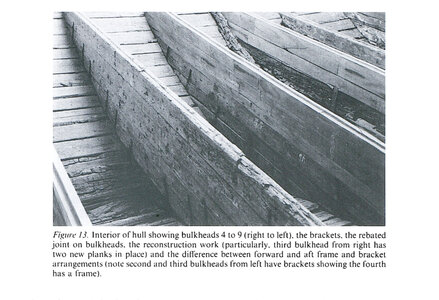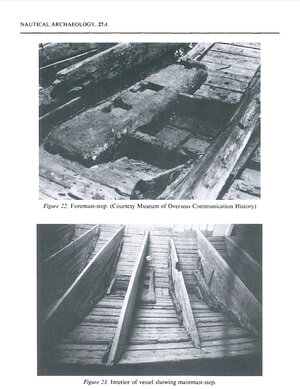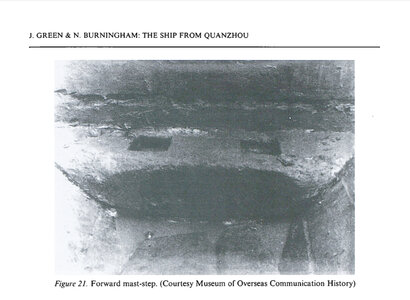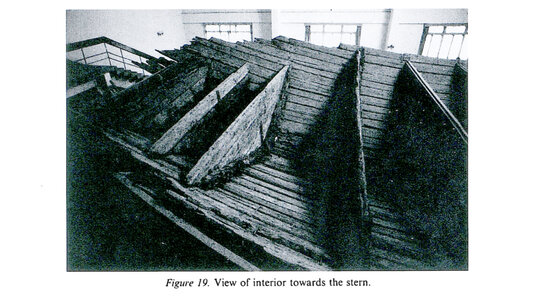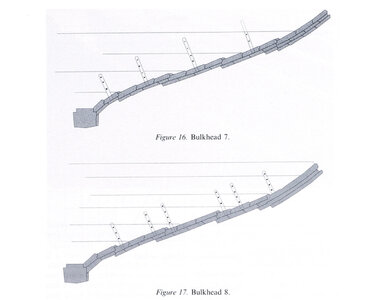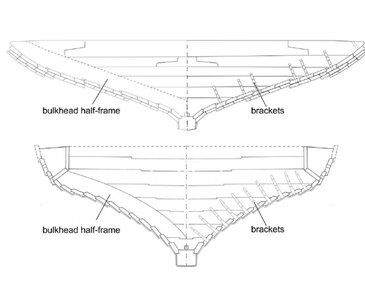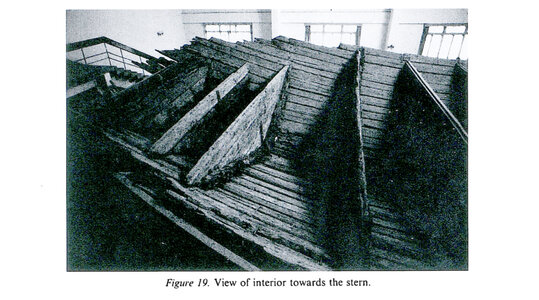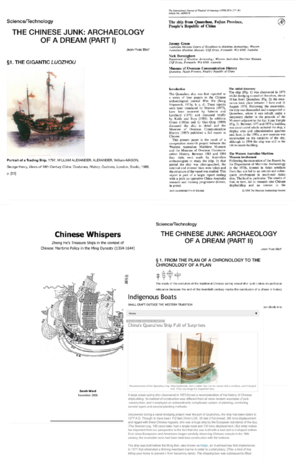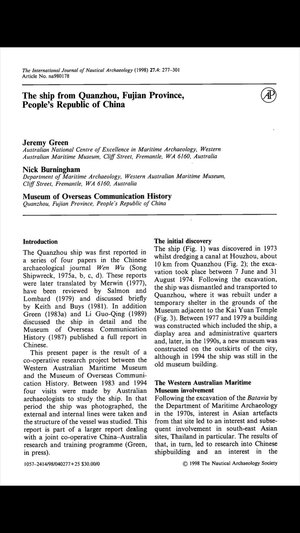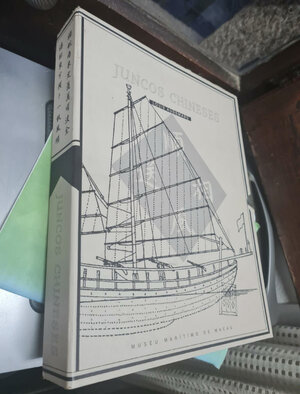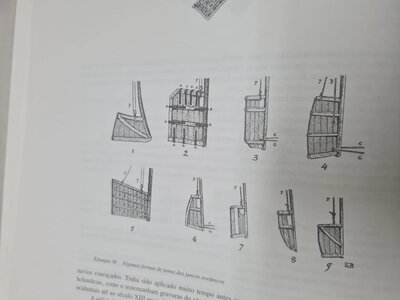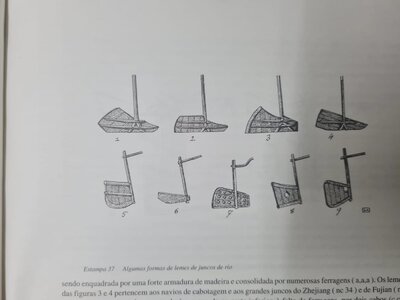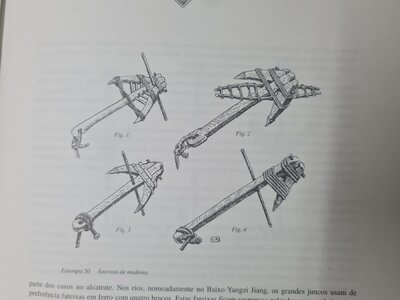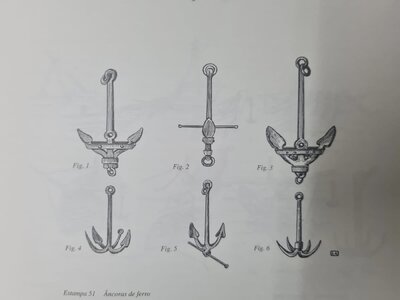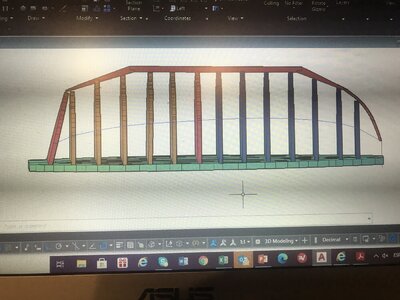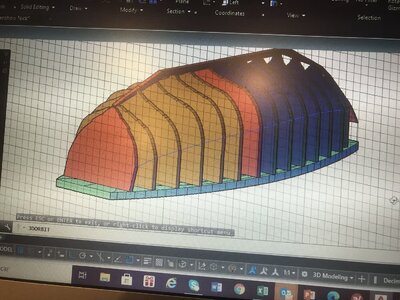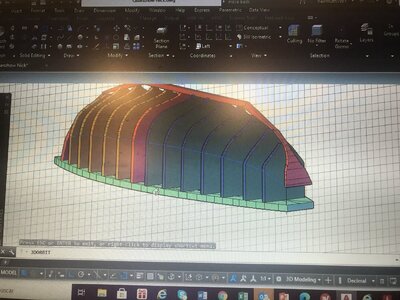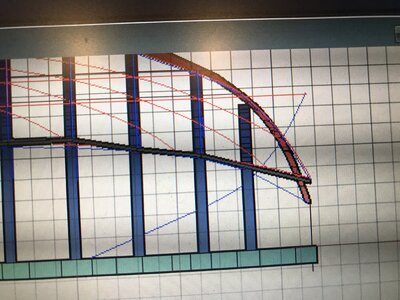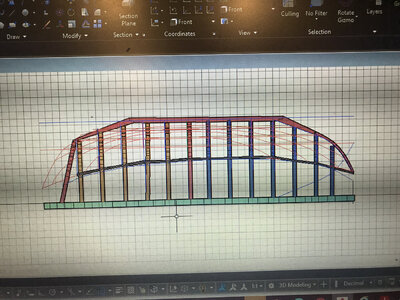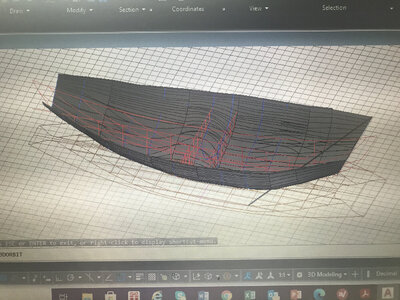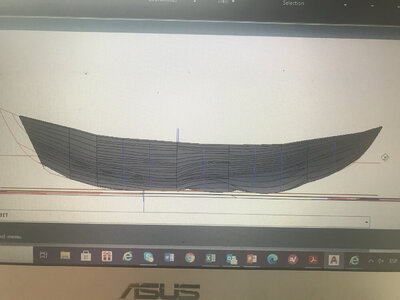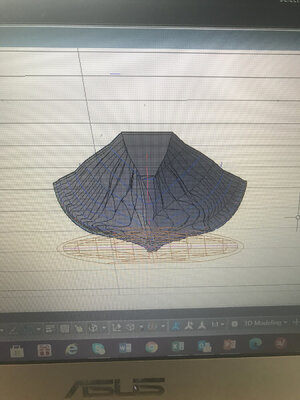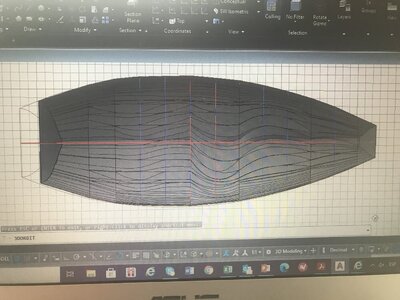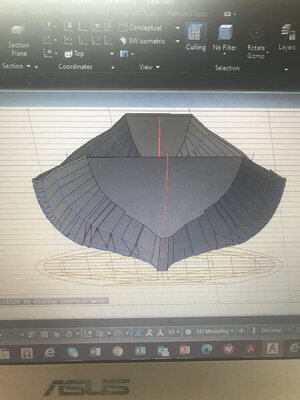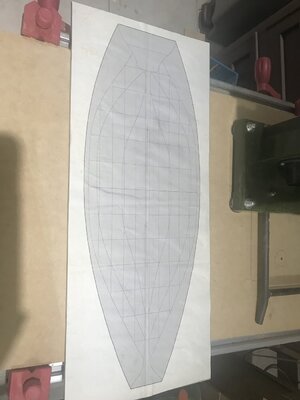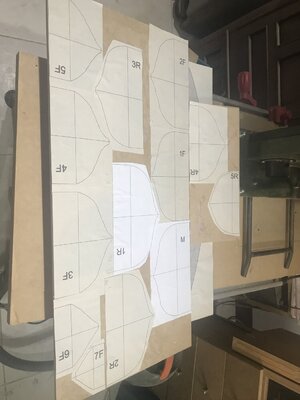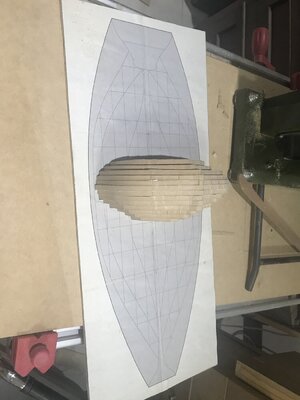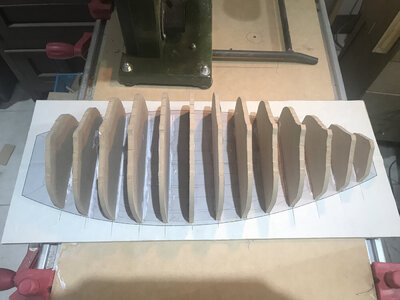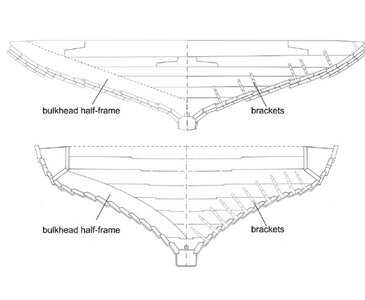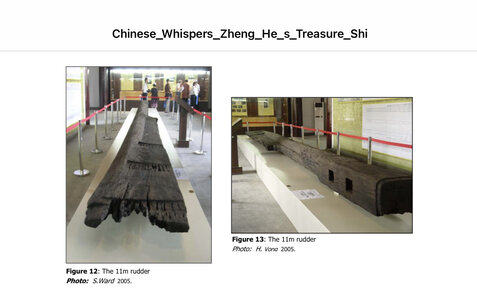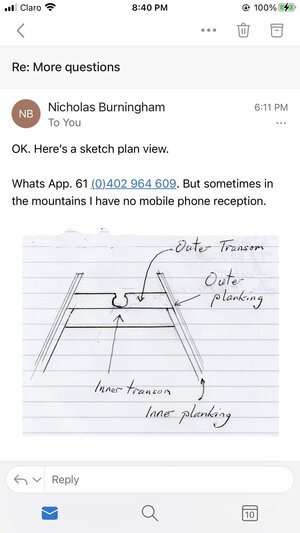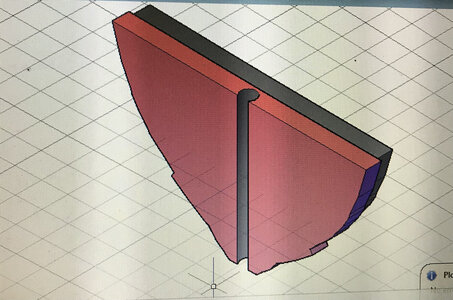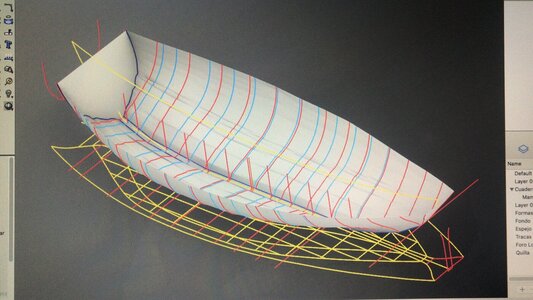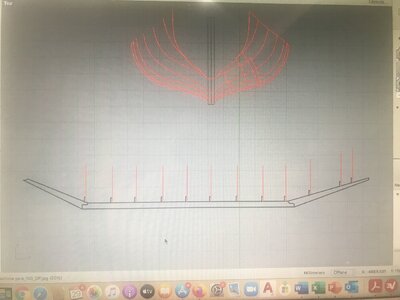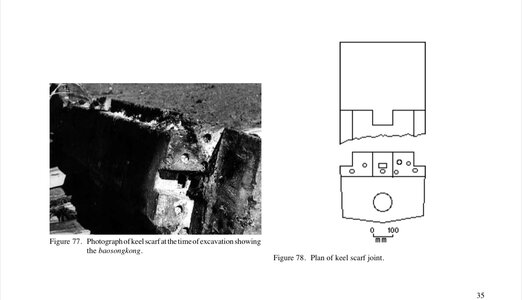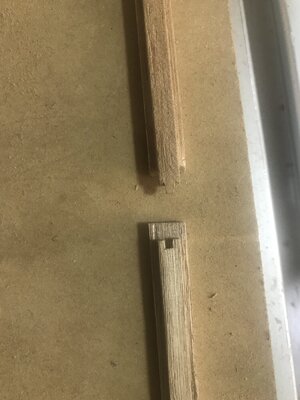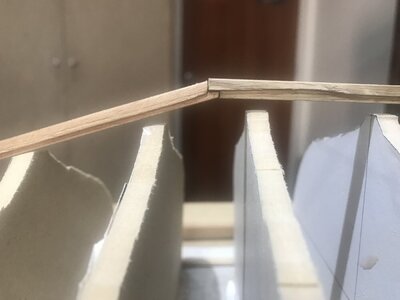Thanks to you all. I hope we all (included you all) will get there. I decided to start with the hull forms decision so here we go again.....
Starting from this.... the Nick projections ( he has been really clear about the sails...they must be squared not like he suggested in this picture)

Imported to Autocad and “built” the hull....
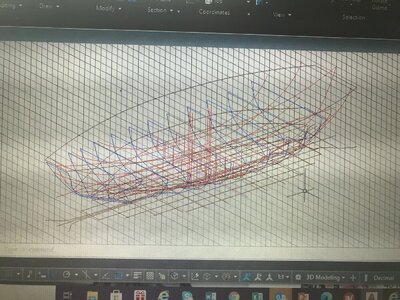
This is giving me the Idea about the hull, bow and stern. Again... this is a ship that no one has seen before.
I have to count on the junk construction methodology ..... I am really surprise by the “plank first frames after”. We can see that in Egyptian, Vikings and now the Chinese. Having this in consideration I decided to build a “mold” upside down, also using the Nick plan, I went to the Autocad and....
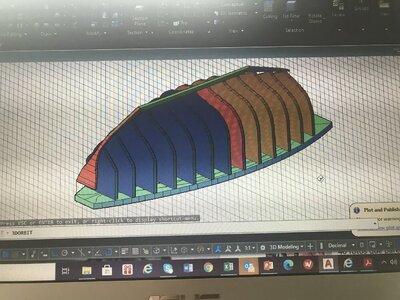
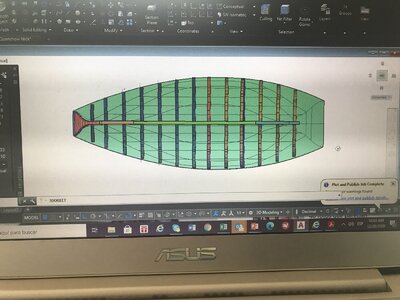
As you can see I “installed the keel already”. And also I was able to “install” the bow form. The stern is something that I still thinking about. But when you see the picture above, you can bring the conclusion that the stern had like two levels (I’ll figure it out later).
Let’s talk a little bit about the keel.....”The keel is constructed in three parts: the forward and aft portions are made of pine, and the central member is made of camphor wood. The forward and aft keel portions are scarfed to the central member. The central member is 12-57m long by 420 mm wide and 270 mm deep”.......
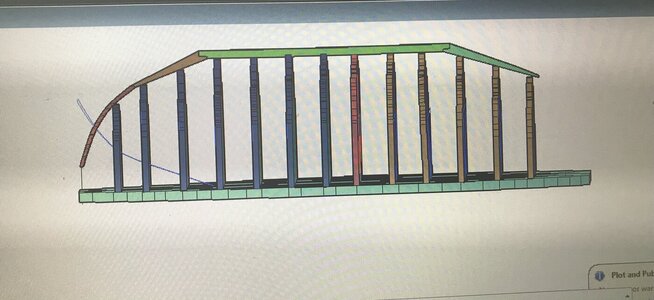
There are some “imperfections” that need to be fixed in the construction phase.
We are getting close!!!!! To start, but unfortunately the holidays are going to stop my job a little bit.
By the way!!!! I have not seen my kids (Seattle, Atlanta and Carmel Indiana) in almost 20 months, We are traveling this coming Tuesday from Colombia!!! Very exited and .... we know is not the best time to do it. God help us to be safe and good health.
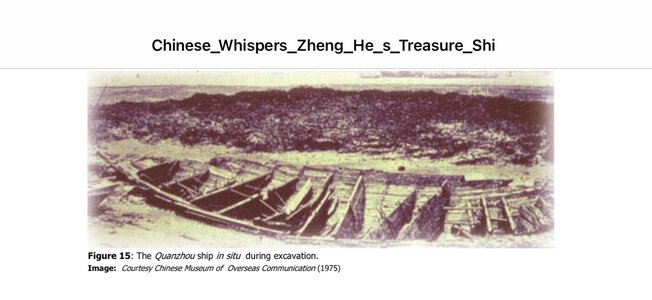 In the last days, I’ve been studying a lot of things about the Chinese Junks at the same time, thinking about which could be my next project. Finally I reached the conclusion that the Quanzhou Ship, which was discovered in 1973 and dated from the 13th century, would be a real challenge, as well a really interesting way to understand these magnificent vessels.
In the last days, I’ve been studying a lot of things about the Chinese Junks at the same time, thinking about which could be my next project. Finally I reached the conclusion that the Quanzhou Ship, which was discovered in 1973 and dated from the 13th century, would be a real challenge, as well a really interesting way to understand these magnificent vessels.